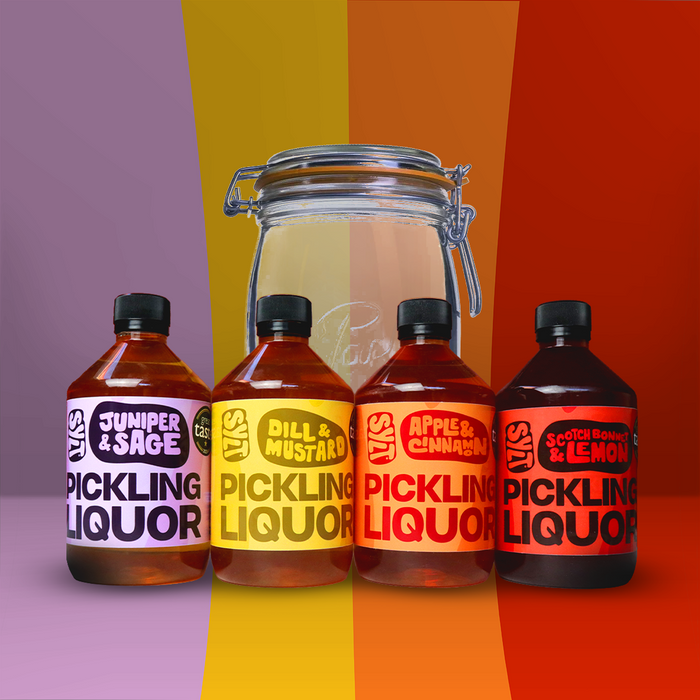· By Aslak Ringhus
Pickling Styles from around the globe
Pickling is a technique used worldwide, integral to many national cuisines. It not only extends the shelf life of foods but also enhances flavours, contributing unique tastes and textures to meals. Here are some national cuisines where pickling plays a significant role:
- Japanese Cuisine
Japanese pickles, known as 'tsukemono', are a staple at Japanese meals. They are made from a variety of ingredients including vegetables like radishes, cucumbers, and eggplants, and are pickled using methods involving salt, rice bran, vinegar, and miso. Tsukemono are served with rice as a palate cleanser, side dish, or topping.
- Korean Cuisine
Korean cuisine is renowned for its wide array of pickled dishes, with kimchi being the most famous. With Kimchi Made from fermented vegetables such as napa cabbage and Korean radish, kimchi is seasoned with a mix of garlic, ginger, scallions, chili pepper, and other spices. Beyond kimchi, Koreans pickle a diverse range of vegetables pickled in soy sauce, vinegar, or fermented seafood brines.
- Indian Cuisine
Pickling in Indian cuisine is an ancient tradition, with a vast array of pickles ('achar') made across the country. Ingredients vary widely by region but can include mango, lime, garlic, and chili, pickled with oil, vinegar, and a blend of spices like turmeric, fenugreek, mustard seeds, and asafoetida. Indian pickles are a fiery and flavourful addition to meals.
- Eastern European Cuisine
Eastern European countries have a rich tradition of pickling, including cucumbers, tomatoes, cabbage, and mushrooms. Sauerkraut (fermented cabbage) and pickled cucumbers are particularly notable, often flavoured with dill, garlic, and black pepper. These pickles are commonly served as side dishes, in salads, or used in cooking.
- Middle Eastern Cuisine
Pickling is an essential part of Middle Eastern cuisine, with a variety of vegetables like cucumbers, turnips, and beets being pickled in vinegar or brine. These pickles often accompany mezze platters, kebabs, and are used to add acidity and crunch to dishes.
- Scandinavian Cuisine
Scandinavian countries are known for their pickled herring, a staple that has been part of their diet for centuries. Besides fish, Scandinavians pickle vegetables like cucumbers and beetroots, often using dill and mustard seeds for flavouring. These pickles are commonly served with dark bread, potatoes, or as part of a smorgasbord.
- Chinese Cuisine
In Chinese cuisine, pickled vegetables are served as appetizers, side dishes, or used to enhance the Flavours of main dishes. Ingredients such as cabbage, radish, mustard greens, and cucumbers are pickled in a mixture of vinegar, salt, and sometimes sugar. Sichuan cuisine, in particular, is known for its spicy pickled vegetables.
- Russian Cuisine
Pickling is a traditional Russian food preservation method, essential for surviving long winters. Russians pickle a wide array of vegetables including cucumbers, tomatoes, cabbage, and mushrooms, often using a brine solution. Pickled apples and watermelons are also popular.
So pickling is a versatile and globally embraced culinary practice, vital to many national cuisines. It showcases the creativity of traditional food preservation techniques and reflects the cultural significance and dietary preferences of each region. Whether for flavour, health benefits, or as a means to preserve the harvest, pickled foods are cherished around the world.



